5 places to visit to see Michelangelo’s paintings and sculptures
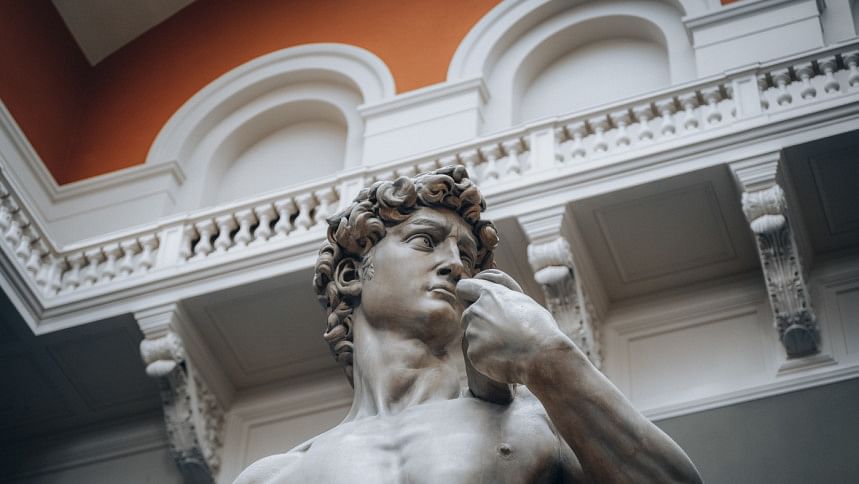
Michelangelo's paintings and sculptures display a unique intensity, physical realism and psychological understanding. As one of the most influential Renaissance artists, his famous works include The Pietà (1499) and David (1501) which were the first to attract attention when the Italian artist was in his 20s. His ceiling frescoes in the Sistine Chapel solidified his fame and immortalised him.
On the occasion of Michelangelo's birthday, here's a bucket list of places you can visit to see some of the great artworks this genius created.
Accademia Gallery of Florence, Florence

The Statue of David, made of Carrara marble, is a perfect representation of young beauty and represents the city of Florence by symbolising independence and power. Soon after its creation, Michelangelo's David acquired new significance as a representation of the city and an emblem of the Renaissance. It is presently on display in the Accademia Gallery of Florence (Galleria dell'Accademia di Firenze). Additionally, the Piazza del Duomo, which contains four architectural masterpieces — the church, the baptistery, the bell tower, and the Campo Santo, is close to the gallery and is artistically distinctive due to its spatial design.
Sistine Chapel, Rome
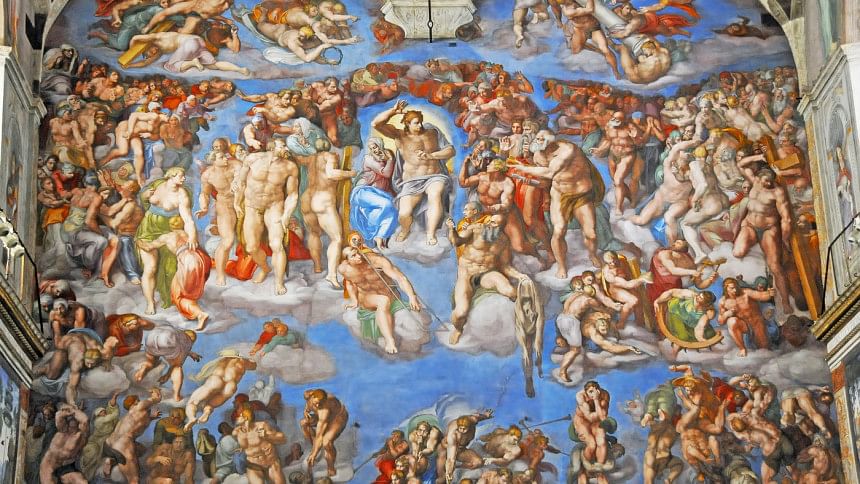
The fresco (a mural artwork) on the wall behind the altar of the Sistine Chapel in Rome is titled The Last Judgement. It is considered as one of the most powerful depictions of a crucial moment in Christianity. The wall is filled to the edges with more than 300 muscular figures striking an endless number of dynamic poses. The Last Judgement is not enclosed by a painted border, in contrast to the scenes on the walls and roof. It shows both the second advent of Christ and God's ultimate and eternal judgement of all humanity.

The Creation of Adam, arguably one of the most well-known works of contemporary art, is also housed in the Sistine Chapel. Michelangelo depicts God and Adam's fingertips as almost touching each other in order to symbolise the divine breath of life. This well-known gesture shows the first man being created, with the Creator's index finger poised to light up upon coming into touch with Adam's hand.
St Peter's Basilica, Vatican City

The Pieta is the only artwork that Michelangelo ever signed and is located in this church. The well-known piece of artwork shows Jesus' mother Mary holding his corpse after the Crucifixion. The Pietà, which Michelangelo finished in 1499 at the age of just 24, was the young artist's first public commission in Rome and set him on the path to fame and immortality. It is additionally significant because it strikes a balance between naturalism and the Renaissance standards of classical beauty.
Rione Monti, Rome
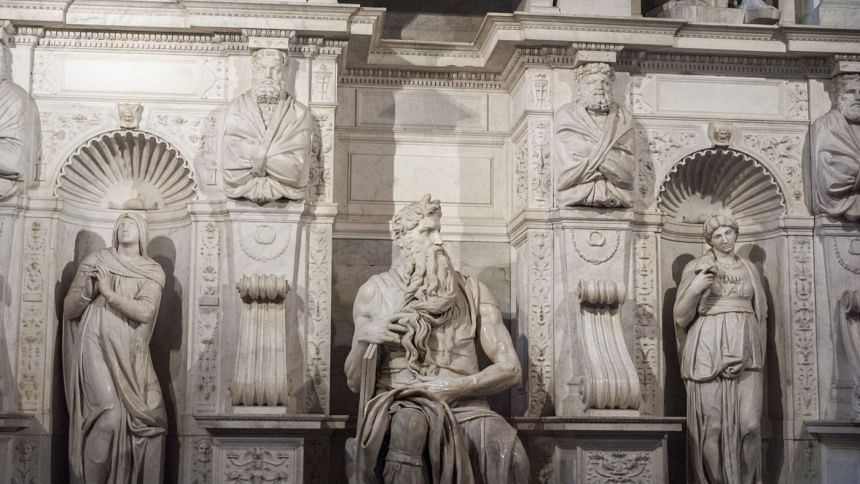
One of the best works of Italian art, known as Moses, is hidden away in the charming church of San Pietro in Vincoli, in Rome's picturesque Rione Monti neighbourhood. It shows the biblical character Moses with horns on his head, based on a description in chapter 34 of Exodus in the Vulgate, the Latin version of the Bible that was in use at the time. It was commissioned in 1505 by Pope Julius II for his tomb. In Michelangelo's dynamic representation, Moses signifies the will and power of God in the present.
Santo Spirito, Florence

The Crucifix (1492) by Michelangelo is currently located in the Santo Spirito in Florence, Italy. When Michelangelo was only 18 years old, he created this bare-chested figure. The expertly made cross did not do much to advance Michelangelo's career back then and people eventually forgot about its existence. The Crucifix was rediscovered in a convent in 1962 after being thought to be lost for generations. It later made its way back to Florence, where it had originally been kept.
Michelangelo took part in dissections, in contrast to most Renaissance artists who learned about the human form from historical sculpture and real people. Perhaps, this step in his artistic upheaval is what makes his paintings and sculptures so distinctive, even today. He claimed to simply release statues from marble, but his description of his own work belied his careful preparation and attention to detail which make his art a mesmerising sight.

 For all latest news, follow The Daily Star's Google News channel.
For all latest news, follow The Daily Star's Google News channel. 


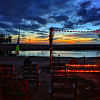
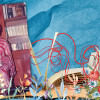




Comments